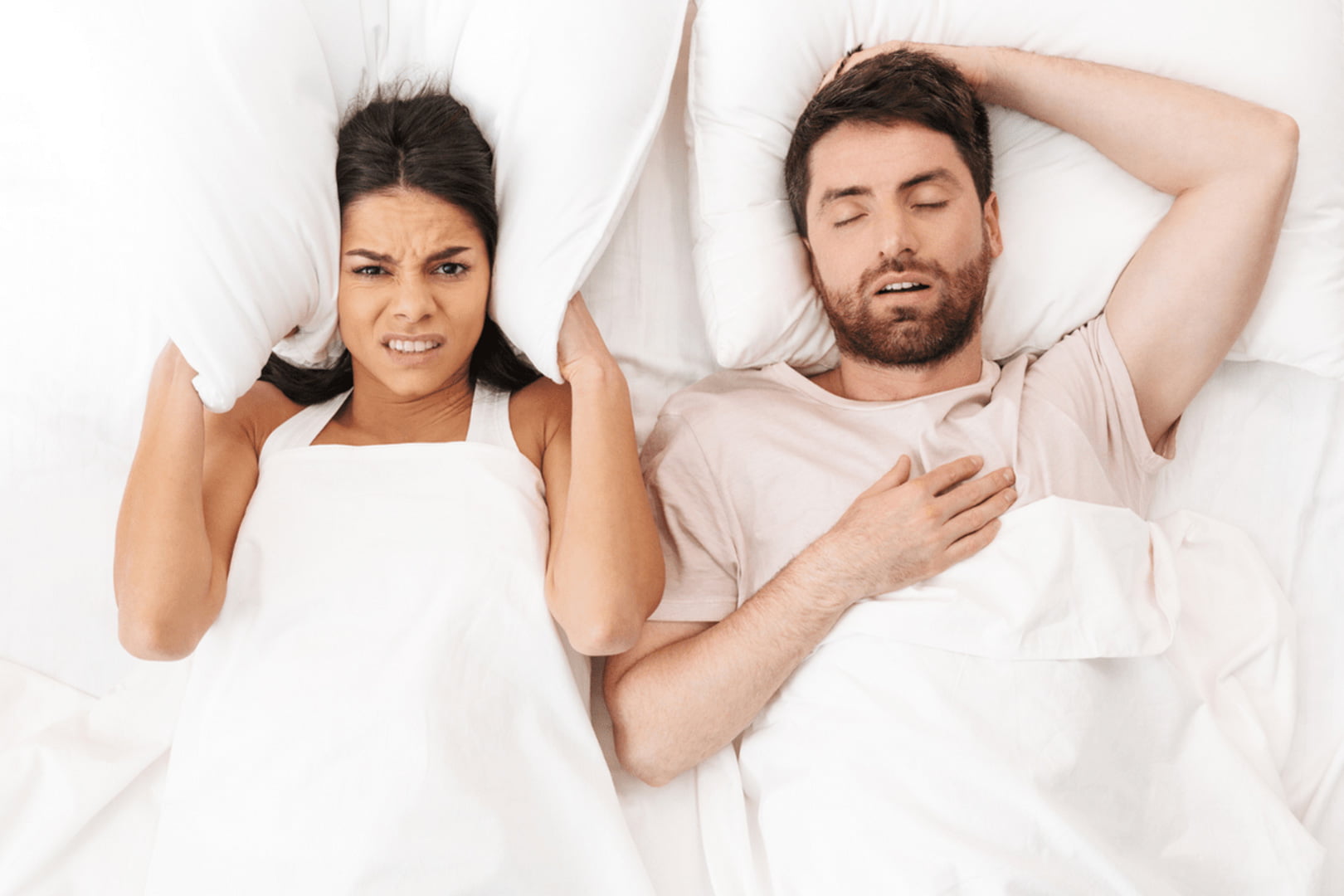Types of sleep apnoea
There are 3 main types of sleep apnoea that can be diagnosed by your doctor:
Obstructive Sleep Apnoea (OSA)
The most common type, where the throat becomes partially or fully obstructed and blocks the airway
Central Sleep Apnoea (CSA)
A rare condition where your brain forgets to send the signal to your body to breathe
Mixed Apnoea
A combination of both OSA and CSA
Who can get sleep apnoea?
Anyone can get sleep apnoea, but it is more common in people who are middle aged or older, those who snore or have narrow throats, and it can be up to 3 times more common in men than in women. It’s estimated that 5% of Australians have sleep apnoea.
How can Tailored Teeth help?
The use of specialised mouthpieces, known as oral appliances, can be an effective method of treating both snoring and sleep apnoea. These open the airways by bringing the lower jaw and base of your tongue forward and away from the soft palate, preventing the upper airway from collapsing during sleep.
Dr Rick will mould and fit these for you in our clinic, working in cooperation with respiratory or sleep physicians.
Oral appliance therapy has been scientifically proven to be effective in treating snoring and mild to moderate sleep apnoea. For people with severe sleep apnoea, the CPAP (Continuous Positive Airway Pressure) machine might be recommended as the best treatment; however, oral appliance therapy can often be used effectively in such cases if the patient cannot tolerate CPAP.
Typical treatment journey
Number of steps involved: 6
1. Consultation
Dr Rick and the TT Team will discuss your:
- Symptoms and sleep history
- Height and weight
- Comorbities and other medical history
- Epworth Sleepiness Scale
- Clinical Examination
Our team will organise a referral to Dental Sleep Diagnostics for review by a sleep physician and issuing of a home sleep test.
2. Referral for sleep diagnostics
A diagnostics unit will be sent to your home within two business days of referral. You will be required to perform the sleep test at home using the WatchPAT ONE. A report will be sent to Dr Rick with diagnostic results and treatment recommendations.
If you are found to be in a severe category, or the sleep physician deems it necessary, a complimentary telehealth consultation will be organised to report treatment recommendations directly to you.
3. Consultation & record collection for appliance
This appointment is where we will discuss the sleep study results.
If a dental appliance is deemed appropriate treatment for you, digital scans of your jaws and a special bite will be collected and sent off for manufacturing of your appliance.
4. Fitting of appliance
You will attend an appointment to talk through the usage of your appliance. We will ensure the fit is correct and comfortable.
5. Review of appliance
You will attend an appointment to talk through the usage of your appliance. We will ensure the fit is correct and comfortable.
6. Regular review and maintenance
We will book you in for 6 and 12 monthly reviews. Please bring your splint to all dental appointments moving forwards.
